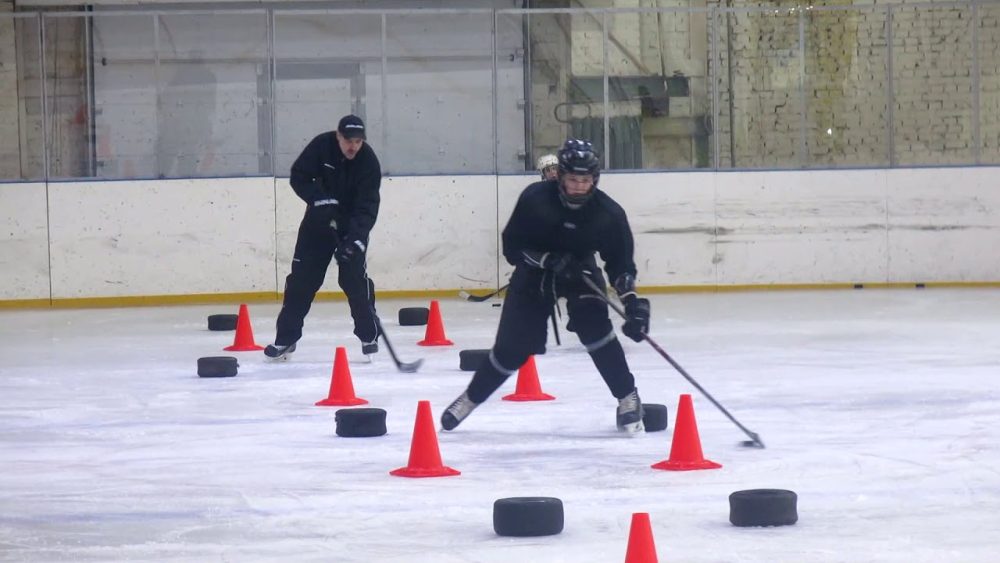Exercises do not inspire if there is no internal response. The call to “start on Monday” has long turned into background noise. How to love sports is not a question of willpower, but a question of habit architecture. When every movement gains meaning, and the body ceases to be an object of violence, real change begins. Workouts do not require heroism, but they require strategy. Social media motivation does not work here – only a personal, specific scenario of integrating activity into the structure of everyday life helps.
How to Love Sports: The Problem Is Not in the Body, But in Perception
Laziness does not prevent movement – the absence of reasons does. The body seeks comfort, but the brain demands meaning. Before starting, it is important to understand how to love sports not at the level of a slogan, but in the everyday coordinate system.

Resistance to workouts is often not related to physical difficulties, but to mental background. A study by the University of Michigan showed that 67% of beginners quit activity due to a feeling of “not their thing,” not because of fatigue. Emotional aversion to sports is the result of experience, associations, and a lack of understanding of the results.
How to Start Sports: Movement Without Pressure and Stress
A start without expectations is a key principle. Initially, it is important not to win, but to do. This is where the gradual entry method works: first – a 15-minute walk per day, then simple exercises with your body weight. This way, the body forms positive feedback, not stress.
One-time effort does not form a habit, but regularity, even in microdoses, triggers neuroplasticity. It is more important to create internal approval of movement than to “push yourself” in the first days.
How to Love Sports: Breakdown by Components
Each workout should not exhaust, but evoke interest. It provides not only health but also structures the day. Regular movement increases the levels of serotonin and dopamine – hormones responsible for motivation and satisfaction.
Practices for implementing workouts:
- The “2-minute” method – starting the session with a minimal action. For example, put on your workout clothes and set a timer for 120 seconds. Starting means breaking inertia.
- Context principle – linking sports to a familiar action: a walk after lunch, exercises while listening to a podcast.
- Progress visualization – keeping a tracker. A table with activity days on the fridge visually records success.
- Emotional anchor – music, clothing, scent associated with the workout. For example, using the same headphones creates an association and facilitates engagement.
- Social attachment – an agreement with a friend or participation in a group. Involvement reduces the risk of setbacks.
These steps allow not just to start exercising but to build a sustainable system where workouts stop being external violence.
Finding Time for Sports When Your Day Is Scheduled
There are 96 fifteen-minute segments in a day. One of them can easily be dedicated to the body without disrupting the schedule. Practice shows that short workouts before or after work are the best way to get into the rhythm. For example, a 10-minute morning stretch or an evening cardio walk can replace one episode of scrolling.
Proper energy distribution is the key to maintaining motivation. Biorhythms play a role: morning hours are suitable for high intensity, evening for calm recovery. Adjusting to your activity peaks increases workout efficiency.
Discipline Is Not an Enemy, But Automation
Forming a habit requires repetition. A study by the University College London showed that it takes an average of 66 days to automate a simple action. The question of how to love sports is closely related to this mechanism. It’s not about willpower but about the system.
A trainer is an effective discipline catalyst. They eliminate the choice factor, remove the need to think, correct technique. Results appear faster, motivation strengthens. In the absence of a personal coach, a fitness app with a personalization algorithm provides an alternative.
Results as the Main Motivation
Measurable progress is more important than a feeling. For example, reducing waist size by 3 cm, increasing the number of push-ups by 20%, or stabilizing heart rate are objective data that track improvements.
The goal should be specific: not “get better” but “run 6 km without stopping” or “complete 3 rounds of the workout scheme without a hitch.” Such framing makes movement understandable and achievable.
How to Love Sports: Ways Through Enjoyable Details
Details shape the overall attitude. Quality workout clothes boost self-esteem and comfort. Color, fabric, cut influence mood. Comfortable sneakers reduce joint stress and motivate movement.
Music is a powerful motivator. A playlist with a rhythm of 130-140 BPM increases heart rate and endurance. Friends enhance involvement: joint sessions increase the chance of continuation by 42% (Stanford Social Network Study data).
Motivation for Sports Activities
Initial motivation can be based on external goals – appearance, weight loss, social approval. But transitioning to deeper stimuli (health, psychoemotional state, quality of life) solidifies lasting interest.
Physical activity increases BDNF levels – a protein responsible for neurogenesis. This directly affects cognitive functions, reduces anxiety levels, improves memory. Therefore, physical activity improves not only the body but also brain function.
Exercises and Diet – an Inseparable System
Nutrition enhances the effects of workouts. A dietitian can help adjust the diet: for cardio workouts, increase the share of complex carbohydrates, for strength training – proteins. Without a structured diet, the body does not yield results, even with regular exercise.
Fitness combined with a rational diet allows not just weight loss but body composition transformation. Changing fat and muscle proportions affects metabolism and energy levels.
How to Start Exercising Without Stress
The entry threshold should be as low as possible. It is not necessary to go to the gym or buy a membership right away. It is enough to dedicate 10 minutes in the morning to dynamic warm-up or perform a basic exercise routine at home. Consistency is more important than intensity. The first movement triggers a chain reaction: the body adapts, the brain registers success, and the habit forms.
The HabitShare platform demonstrates that users who start with micro-steps maintain activity 3.2 times longer than those who start with intensive workouts. A simple start reduces anxiety and makes sports a part of life, not a separate obligation.
Emotional state directly affects readiness for movement. Light, room temperature, sound, and even scent are factors that enhance or suppress motivation. The scent of citrus increases activity by 28% by stimulating the nervous system.
Morning workouts in daylight increase cortisol production at the right time, helping the body get into rhythm faster. Biorhythms consider wakefulness and fatigue phases: morning people train more effectively from 7:00-9:00, night owls – after 17:00.
How to Love Sports Through Self-Improvement
Work and sports compete for attention. But with smart integration, physical activity becomes a productivity catalyst. Harvard Business Review noted that employees who exercise 3 times a week have 15% higher productivity and 20% lower stress levels.
Physical activity strengthens the nervous system. During exercise, endorphin and norepinephrine levels increase, enhancing stress resilience. Exercises activate brain areas responsible for decision-making and planning, which is particularly important in a professional environment.

There is no universal scenario, but a comprehensive approach works. It includes adapting time, environment, format, and goals. Noticeable improvement is observed in those who link activity to a specific meaning: health improvement, overcoming apathy, enhancing quality of life.
How to Love Sports: Conclusions
Forming a sustainable connection with movement takes time, attention to detail, and a rejection of templates. Learning to love sports means creating conditions where activity becomes a logical and desired continuation of life, not a forced obligation. Here, it is not strength but consistency that wins.
 en
en  ru
ru  de
de  ar
ar  es
es  hi
hi  fr
fr  nl
nl  it
it  pt
pt  el
el 



